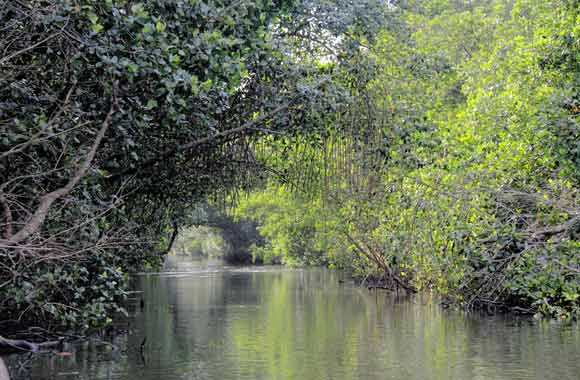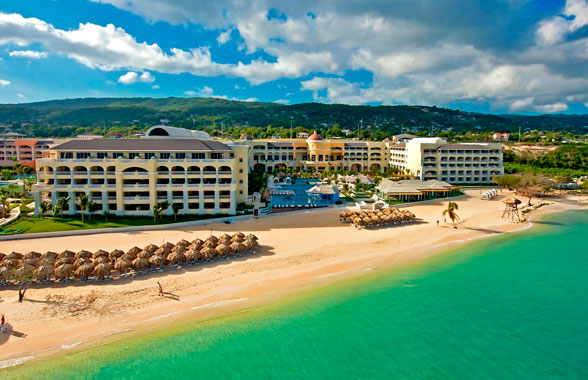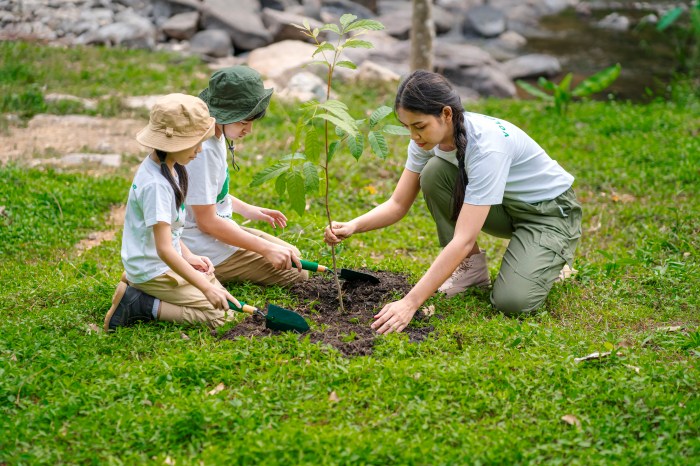As part of Jet Blue’s inaugural flight on Feb. 24, 2014 to Port of Spain, members of the press received a complimentary flight to Piarco Airport for a press conference and to experience the sea, sun and sand of the twin-island, compliments of the Trinidad Tourism Development Company (TDC) and the Tobago House of Assembly Division of Tourism (THA).
There is more to Trinidad and Tobago than its feather-filled “Greatest show on earth,” Carnival and its Grammy equivalent, Soca Monarch soca clash. The country is also rich in culture and history with has scenic views at every turn.
Maracas Beach, located on the north side of the island and an hour’s mountainous drive from Port of Spain is one of Trinidad’s many beautiful beaches. The flora and fauna of the Andes Mountain trim the winding North Coast road on one side with an ocean view on the other.
The road was built by the U.S. so locals could get to the beach when they could no longer go through its submarine base on the West peninsula of Chaguaramas. The North Coast road continues to Fort Read, which was a U.S reservation during WWII. Continuing up the winding road, there is Turtle point, which to the naked eye looks like turtle poking out it head, but is really an island separate from Trinidad. However, the Maracas lookout is the most picturesque, with “Trini treats” such as mango chow, sour cherry and tamarind balls, along with handcrafted jewelry are available for purchase.
The popular relaxation spot is also known for a local favorite “bake and shark” with the choice of toppings and sauces ranging from pepper sauce to sweet tamarind sauce.
Caroni bird sanctuary and wetland is Trinidad’s largest mangrove wetland and is formed when Caroni River meets the Gulf of Paria. It is also the home of the Scarlet Ibis, the national bird of Trinidad. The bright red bird gets its hue from their high beta-carotene diet of shrimp, worms and crabs. When the Scarlet Ibis comes home to roost they are like red bows on a Christmas tree, adding a splash of red wherever they perch.
The swamp is south of the capital, Port of Spain and has over 200 avian species. Although the Scarlett Ibis is the main attraction, there are other wildlife including fiddler crab, oysters, four-eyed fish, tree boa, mudskippers and spectacle Caiman.
Before you reach Gasparee islands’ main attraction, Gasparee caves, there is Pointe Baleine, formerly a whaling industry for the production whale oil used for street and house lamps.
Gasparee Island lies between Trinidad and Venezuela and its caves were created by wave action, acidic rain, and ground waters that dissolved the limestone. The entire cave system is 80 feet deep. From the cave’s visitor center balcony there is a beautiful view of the Gulf of Paria, which is the inland sea between Trinidad and the east coast of Venezuela. When descending into the caves, the air becomes cool. The occasional chirping of bats and dripping water fills it. At the cave floor there’s a clear, bottomless pool of water. The sight of the stalagmites, stalactites, and rock formations are breath-taking. They were given names like The Lovers, Buddha and the Head of T-Rex, because of their shapes.
There is much to explore, and something for everyone to do. The other sites visited were the botanical garden in Trinidad, north of Queens Park Savannah. Established in 1818, and one of the oldest Botanical Gardens in the world. There were also visits to The Hyatt Regency hotel in Port of Spain for the 4th annual LIME celebration; and sailing and snorkeling at Tobago’s Cotton Bay via Island Girl catamaran, which was amazing. There was also an energetic performance of Rapso, a form of conscious music, by 3Canal at Queens Hall.




















